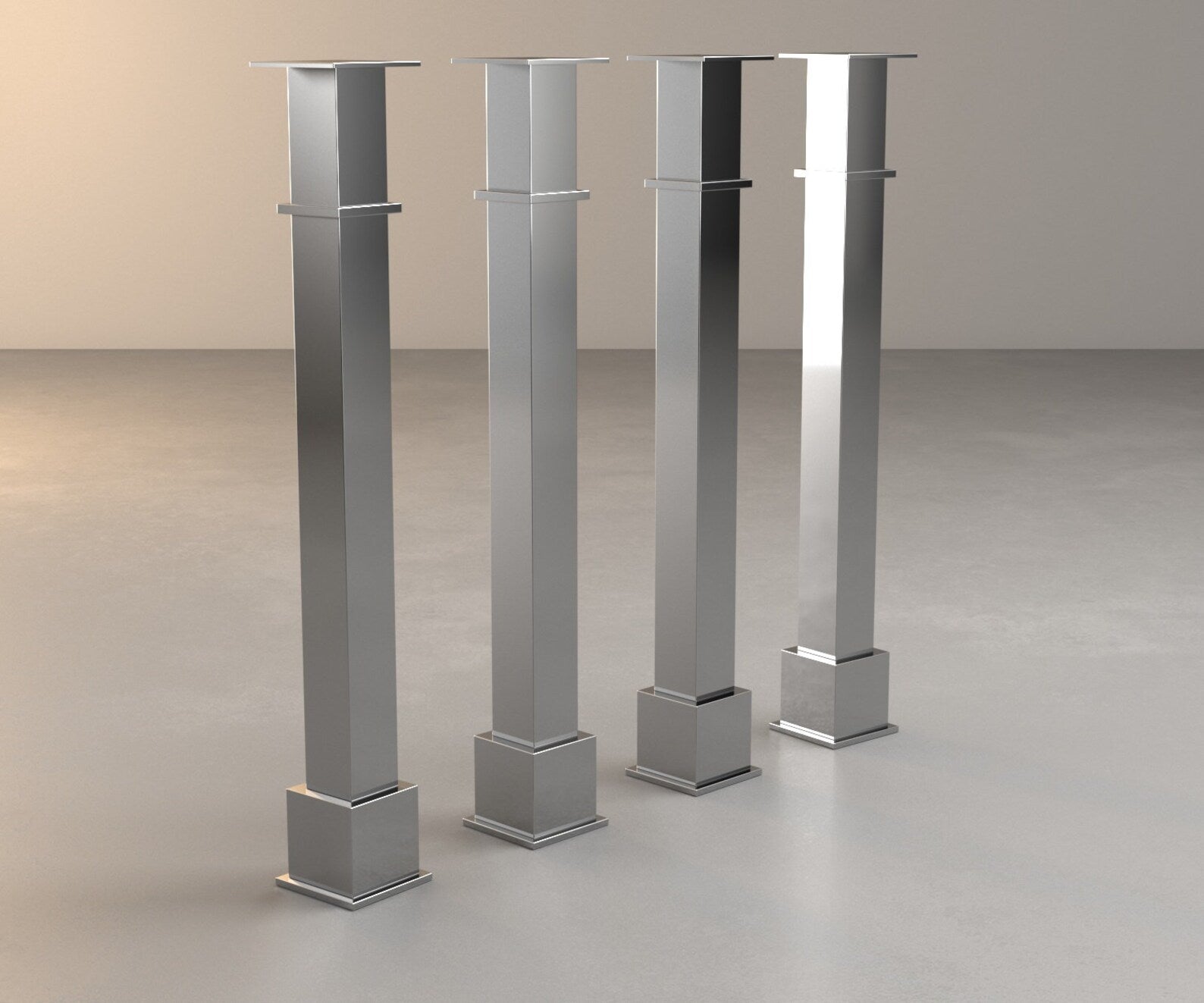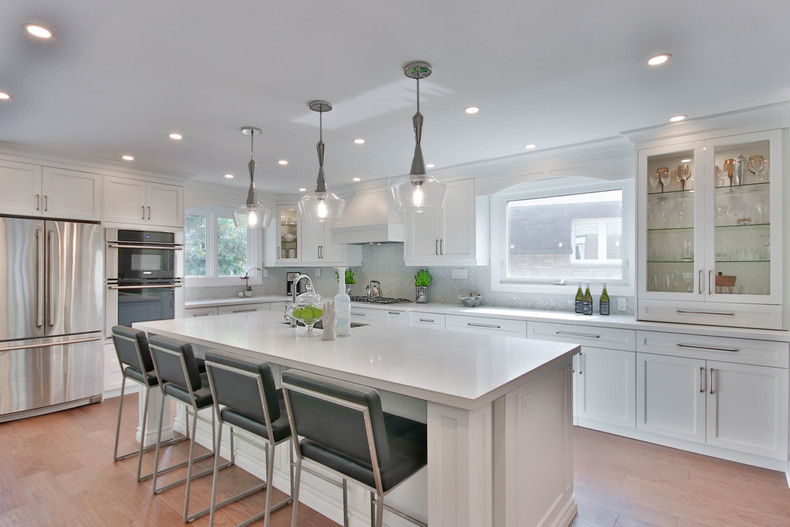Attain the Perfect Balance of Form and Function with Legs For Kitchen Island
Attain the Perfect Balance of Form and Function with Legs For Kitchen Island
Blog Article
Vital Elements to Consider When Choosing Legs For Kitchen Area Island
Choosing the suitable legs for a kitchen area island involves a careful analysis of several elements that can considerably influence both capability and visual charm. Among these, the selection of product plays a critical role in making certain longevity, while the layout should complement the existing style. Moreover, considerations such as elevation and weight support are important for security and comfort. As we check out these elements, it comes to be clear that each decision can have far-ranging ramifications for the total kitchen area experience. What nuances should be thought about in each of these categories to attain the perfect equilibrium?
Material Options
When choosing legs for a cooking area island, understanding the different product options is vital for attaining both aesthetic appeal and architectural honesty (Legs For Kitchen Island). The choice of material substantially affects not only the sturdiness of the island yet also its overall style and capability
Steel legs, frequently made from stainless steel or functioned iron, contribute a industrial and modern-day feel while guaranteeing resilience and stability. These products are resistant to put on and can support considerable weight, making them excellent for bigger islands.
An additional choice is engineered materials, like MDF or plywood, which can be much more affordable while still offering a range of finishes. They might not give the exact same level of security as strong wood or metal. Legs For Kitchen Island. Last but not least, products such as acrylic or glass can develop a modern look, though they might need extra support to make certain security.
Inevitably, the choice of product for kitchen area island legs ought to straighten with the preferred functionality and the total style of the kitchen.
Design and Design

When considering style, the shape and finish of the legs are important. Tapered legs can provide a sense of lightness and elegance, while thicker, much more robust legs can convey strength and stability. Additionally, the finish-- be it painted, stained, or all-natural-- need to complement the cabinetry and countertop products to develop a unified appearance.
Additionally, the style of the legs can likewise show personal taste. Personalized or attractive legs, such as those including detailed carvings or one-of-a-kind geometric forms, can work as centerpieces, adding character and individuality to the cooking area. Eventually, the best choice will not just improve functionality but additionally raise the aesthetic allure, making the cooking area island a standout function of the home.
Height Factors To Consider
Selecting the appropriate elevation for cooking area island legs is important, as it straight affects both capability and comfort. The common elevation for a kitchen area island commonly ranges from 36 to 42 inches, lining up with usual counter top elevations.

It is also more tips here necessary to represent customers' elevations and choices. Tailoring the height can make sure a comfortable experience for all member of the family, making the kitchen island an extra useful and enjoyable room.
Weight Support
Ensuring ample weight support for cooking area island legs is crucial for both safety and capability. The kitchen island usually serves numerous functions, consisting of food preparation, eating, and extra storage space, necessitating a durable support framework. When picking legs, it is important to consider the general weight ability required based upon the island's planned use and the products that will be put on it.
The selection of material for the legs plays a considerable role in their weight-bearing abilities. Strong timber, metal, and durable compounds generally supply superior stamina contrasted to lighter products. Additionally, the style of the legs-- whether they are right, tapered, or have a pedestal kind-- can influence their capability to disperse weight properly across the structure.
Additionally, the leg positioning should be tactically prepared to boost security. Legs placed at the corners or with a larger base can better sustain larger lots. Constantly speak with the maker's requirements pertaining to load limits to guarantee that the legs can sustain the designated weight without jeopardizing security. In recap, picking cooking area island legs with ample weight assistance is essential for creating a functional and safe culinary space.
Setup and Maintenance
Proper installment and maintenance of cooking area island legs are vital for guaranteeing long life and stability. This usually includes securing the legs to the island base utilizing appropriate bolts, ensuring that the legs are degree and aligned.
When mounted, routine upkeep is required to maintain the integrity and look of the legs - Legs For Kitchen Island. For wooden legs, periodic cleansing with a damp fabric and application of ideal wood polish can protect against moisture damages and keep their surface. Steel legs might require a gentle cleansing solution to eliminate oil and crud, complied with by a completely dry towel to avoid corrosion development
In addition, inspect the legs frequently for indicators of wear or damages, such as splits or loosened joints. Tightening up screws or screws as required can also prolong the lifespan of the legs. By adhering to these installation and maintenance practices, property owners can make sure that their kitchen area island stays strong and aesthetically appealing for several years ahead.
Verdict

Aesthetic comprehensibility is extremely important in selecting the style and style of legs for a cooking area island, as these components greatly influence the general atmosphere of the room. Conical legs can give a sense of lightness and beauty, while thicker, a lot more durable legs can communicate toughness and security.Picking the appropriate height for kitchen island legs is essential, as it directly affects both performance and comfort. In summary, choosing kitchen area island legs with appropriate weight assistance is essential for producing a secure and practical culinary room.
In verdict, selecting legs for a kitchen area island demands cautious factor to consider of different variables, including material alternatives, design, height, weight support, and installment.
Report this page